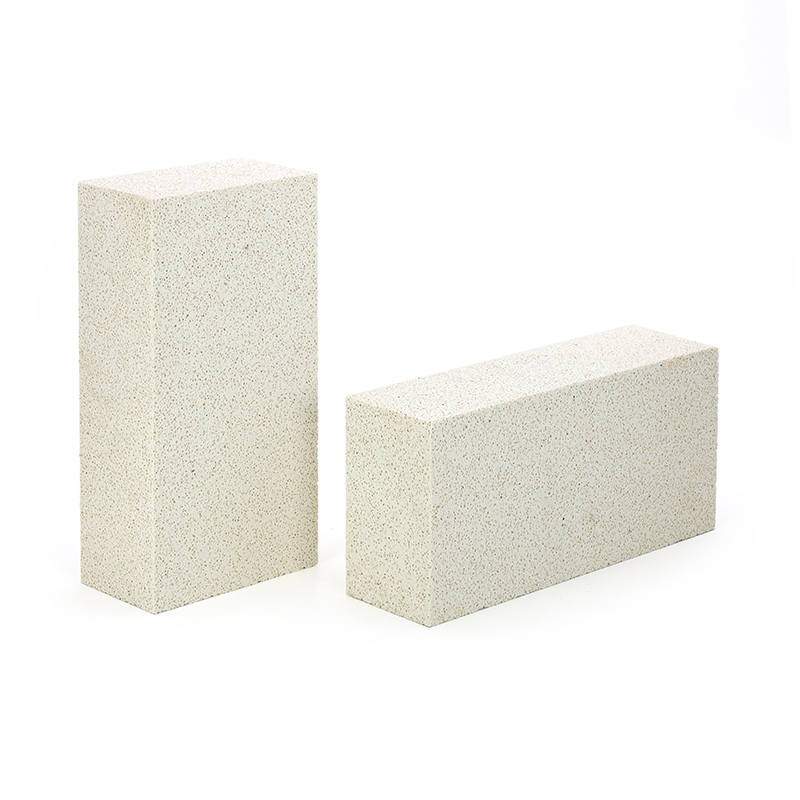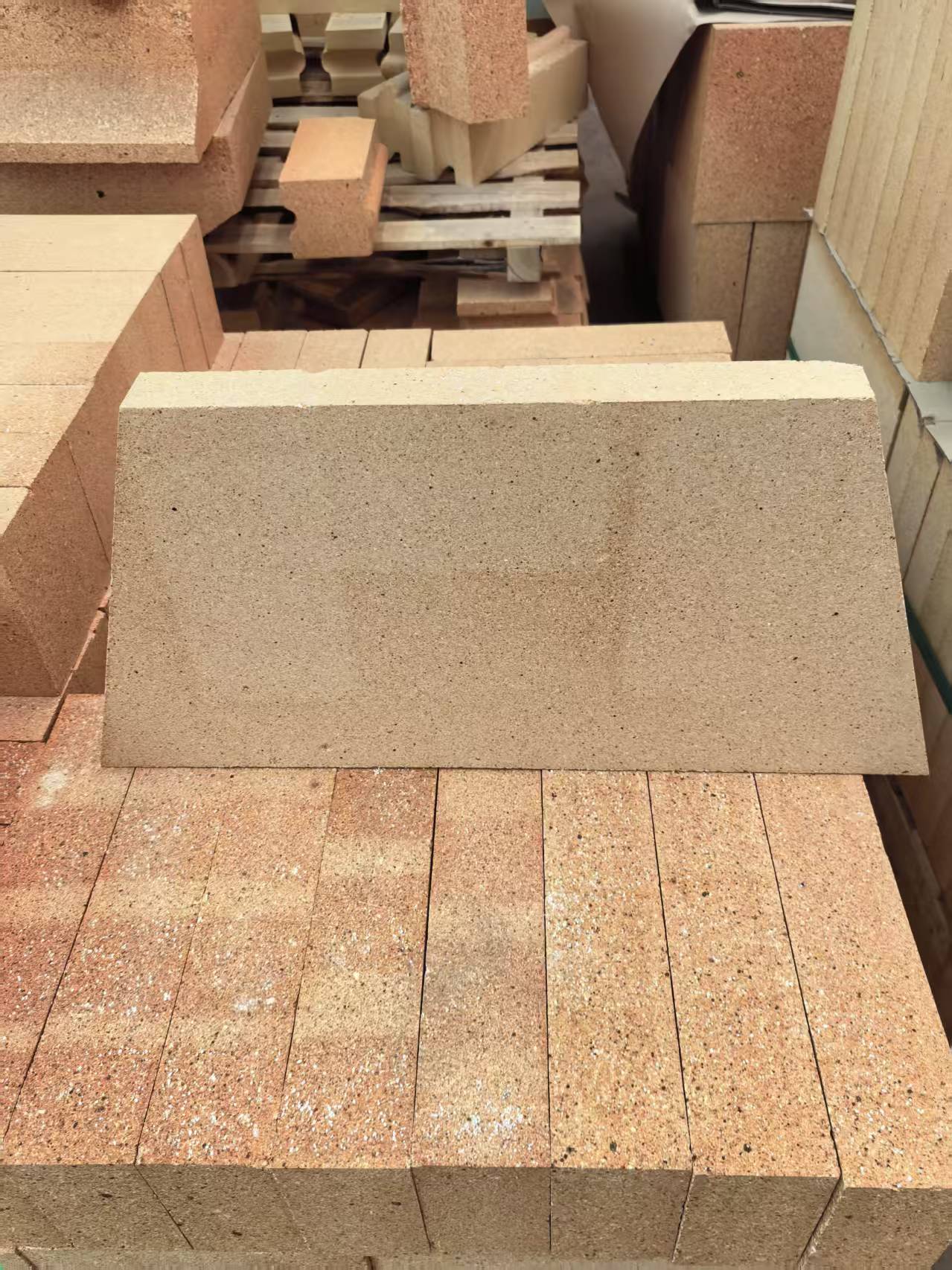Magnesia Chrome Bricks vs. Alumina Bricks: Which Wins for High-Temp Applications?
In industries like steelmaking, cement production, and metallurgy, high-temperature applications demand refractory bricks that can withstand extreme heat, corrosive environments, and mechanical stress. Two popular choices are Magnesia Chrome Bricks and Alumina Bricks, each with unique properties that make them suitable for specific scenarios. This article compares these refractory bricks to help determine which performs better in high-temp applications.
Key Strengths of Magnesia Chrome Bricks in High Heat
Magnesia Chrome Bricks are a type of refractory brick composed primarily of magnesia (MgO) and chrome oxide (Cr₂O₃), forming a stable spinel structure that excels in high-temperature settings. One of their greatest advantages is their exceptional resistance to corrosion from both acidic and alkaline slags, a critical feature in steel furnaces and cement kilns where molten materials attack refractory surfaces.
These refractory bricks maintain their structural integrity even at temperatures exceeding 1,800°C, making them ideal for applications like basic oxygen furnaces (BOFs) and electric arc furnaces (EAFs). Their high thermal conductivity helps distribute heat evenly, reducing the risk of hot spots that can damage other refractory materials. Additionally, Magnesia Chrome Bricks offer strong mechanical strength, withstanding the abrasion caused by moving molten metal and slags.

Why Alumina Bricks Stand Out in High-Temp Scenarios
Alumina Bricks, another prominent type of refractory brick, derive their strength from a high alumina content (typically 40-90%), which gives them excellent thermal stability. These refractory bricks perform well in temperatures up to 1,700°C, making them suitable for applications like kilns, incinerators, and glassmaking furnaces.
A key benefit of Alumina Bricks is their superior thermal shock resistance. They can endure rapid temperature changes without cracking, a valuable trait in processes where furnaces heat up and cool down frequently. Unlike some refractory bricks, Alumina Bricks are also more cost-effective in moderate high-temp applications, offering a balance between performance and affordability. Their resistance to acidic slags makes them a go-to choice in industries where acidic environments dominate.

Which Refractory Brick Wins for Your High-Temp Needs?
The choice between Magnesia Chrome Bricks and Alumina Bricks depends on the specific demands of the application. For ultra-high temperatures above 1,700°C and environments with mixed acidic and alkaline slags—such as steelmaking BOFs—Magnesia Chrome Bricks are the clear winner. Their corrosion resistance and structural stability in extreme heat make them indispensable for these harsh conditions.
However, in applications with temperatures below 1,700°C and primarily acidic slags, Alumina Bricks offer a compelling alternative. Their thermal shock resistance and lower cost make them practical for kilns and furnaces where rapid temperature fluctuations are common. Both refractory bricks play vital roles, but Magnesia Chrome Bricks dominate in the most extreme high-temp scenarios, while Alumina Bricks excel in moderate heat with specific chemical conditions.
In conclusion, Magnesia Chrome Bricks and Alumina Bricks are both exceptional refractory bricks, but their strengths align with different high-temp applications. Understanding your industry’s temperature range, slag type, and mechanical stress levels will guide you to the right refractory brick—ensuring longevity, efficiency, and cost savings in your operations.
Inquiry Now
Please leave your e-mail and we will contact you as soon as possible
contact us
Your satisfaction is our top priority. Whether you have questions, need support, or want to share feedback, our dedicated team is ready to assist you every step of the way.